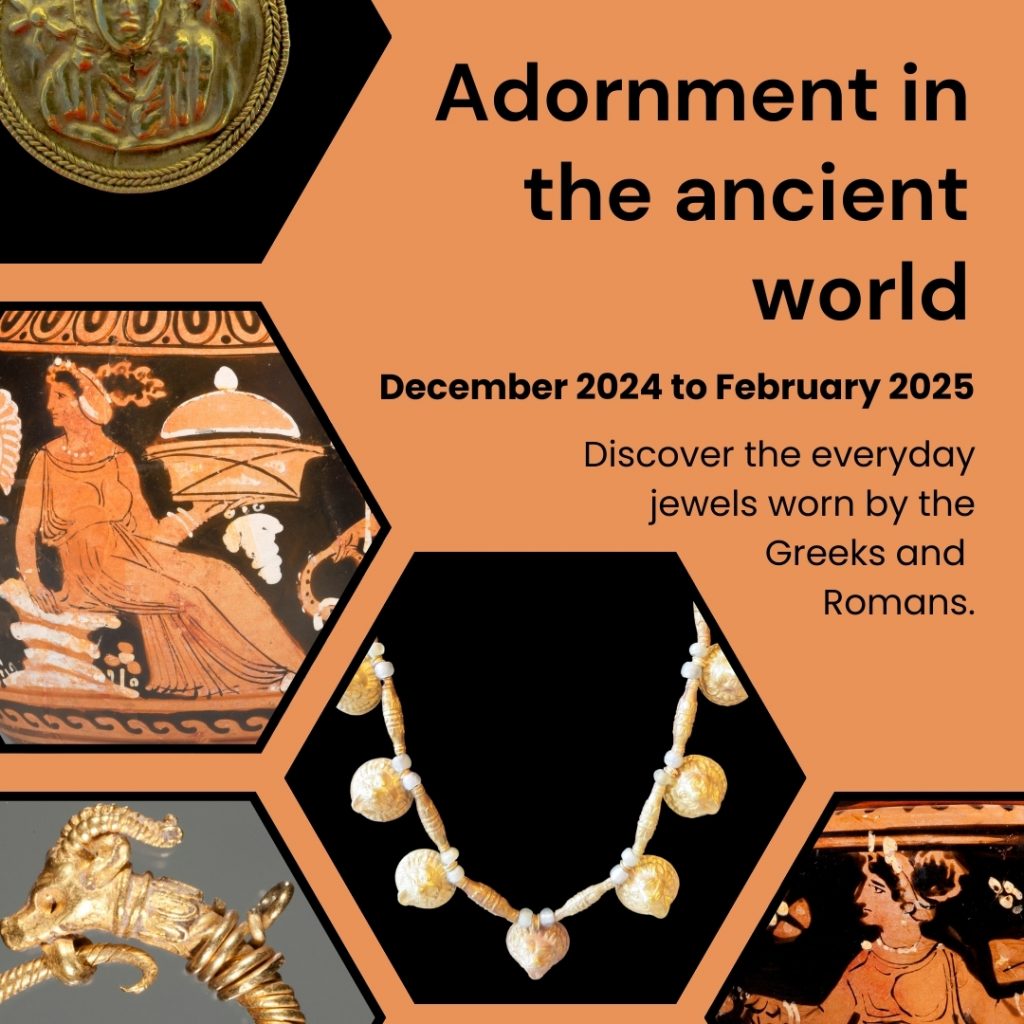Adornment in the Ancient World
For thousands of years jewellery has been used as a means of self-expression, a way for individuals to showcase their taste and style. Wearing jewellery is an intensely personal experience, literally touching the skin of the wearer – but it is also a shared experience, a simple act which people across time and cultures have in common.
In the ancient world, just as it is today, jewellery could be used to communicate meaning. Adornment could act as a beauty enhancer, a status symbol, as protection, or as an indication of belonging, whether that was to a family, a friendship group, or a loved one. Primarily worn by ancient Greeks and Romans for aesthetic reasons, ornaments made from precious metals and stones could also be used to signify the power, wealth and class of the individual. Whatever your status was, jewellery was widely worn throughout the ancient world, even by those who could barely afford it.
Discover the everyday jewels worn by the ancient Greeks and Romans in this special mini-exhibition. The Adornment exhibition is your chance to enjoy rarely seen pieces from Canterbury Museum and the James Logie Memorial Collection.
While at the Teece take the time to explore the rest of our exhibition Myths and Mortals to learn more about the ancient cultures.
Where: UC Teece Museum, Wed-Fri, 11am-4pm, Entry is free!
When: Exhibition opens 18 December 2024
